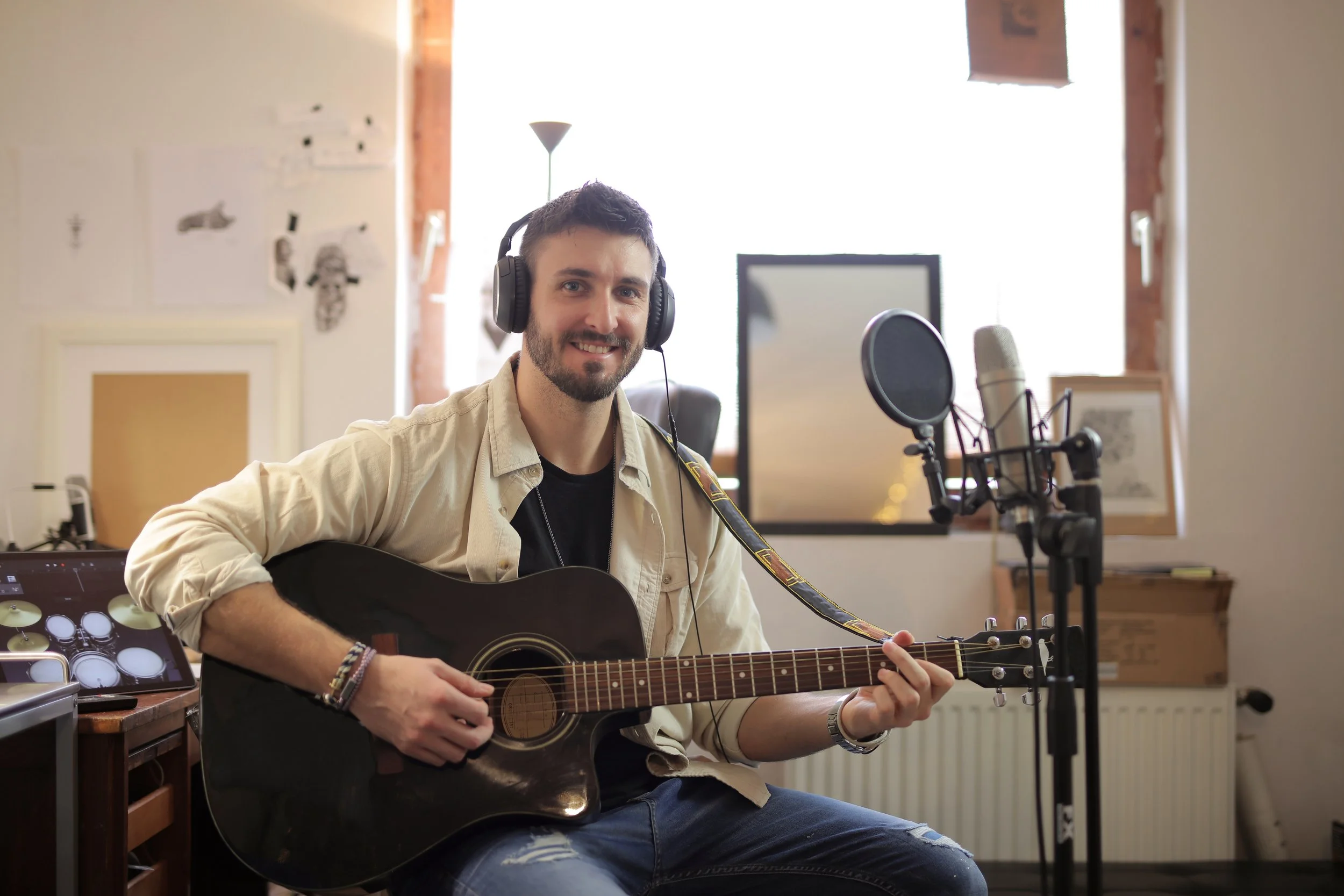4 Must-Have Accessories for Your In-House Studio
Image credit: Pexels
Making music today is more accessible than ever. As expressed in our previous post “4 Essentials to Build Your In-House Studio” on making music, you don’t have to rent an expensive recording studio to make quality tunes. From the comfort of your own home, you can produce music from an in-house studio using key items like a microphone, a digital audio interface or converter (DAC), a Digital Audio Workstation (DAW), and headphones.
However, for home artists looking to turn their music quality up a notch, it’s worth investing in more accessories to boost audio quality. Not only can it help you master the kind of sounds you want, but it can also give your audience a professional impression. To help you improve your recordings, listed below are four must-have accessories for your in-house studio.
Preamps
A preamplifier, or preamp, is an underrated piece of equipment in many in-house studios. This piece goes between a microphone and a DAC, capturing sound flow with crispness and clarity. With one, you can boost the initially low mic-level signal, making music production easier without compromising recording quality. If you’re looking to imitate one of the many iconic names in rock ‘n’ roll like Led Zeppelin, Elton John, and Supertramp, H2 Audio has gone out of its way to recreate the Helios Type 69 preamp and its EQ channel strip. This device enables current artists to deliver responsive, punchy, midrange tones as in the classics.
Tuners
For guitarists, a tuner should always be part of your arsenal to keep your guitar at the proper pitch. There are different kinds of tuners, like pedal tuners, headstock tuners, and even phone applications, but a pedal tuner is the best choice for durability and accuracy. While popular brands like Boss and TC Electronic do have tuners, Korg has long since refined its Pitchblack model over its eight-year lifespan. The Korg Pitchblack Advance now carries the easiest-to-read and largest display out of the brand’s roster, allowing musicians to see their tuning whether their studio is bright or dark. When positioning the tuner pedal on your pedalboard, put it at the beginning of your effect signal chain to ensure pitch accuracy.
Pop filter or screen
Another non-negotiable you should have in your studio is a pop filter. When recording vocals, singers tend to make plosive sounds— where an unwanted ‘popping’ sound causes the microphone to overload. Pop filters block fast-moving air and saliva from entering the mic, retaining the audio quality and microphone integrity.
Aside from songs, the pop filter can be a flexible tool that can be used for podcasts and live streaming. In February 2022, AVerMedia released its Live Streamer POP FILTER, designed exclusively for its Creator Studio collection. Unlike typical nylon pop filters, the filter is made of metal for greater durability that can last multiple purposes.
Sound absorbing foam
When recording music or vocals, minimizing echoes for maximum quality is critical. Hard surfaces like walls are especially problematic if you have a small studio, as they can create unfavorable echoes, so it’s recommended to add acoustic foam panels on the walls. Brands like Pro Studio and JBER offer packs of 12- and 24-pack panels— allowing you to purchase the amount according to your needs. In addition to wall foam, consider having bass traps in the corners of your studio. This can prevent low-frequency standing waves from ruining the sound quality.
It’s important to remember that investing in gear doesn’t immediately upgrade your music. Instead, these tools support artist work and help them achieve their desired output. By learning the proper use of electronic gear and other accessories, you can boost the quality and attractiveness of your music.
Article contributed by Rosetta Jameson
Exclusively for JV Agency

